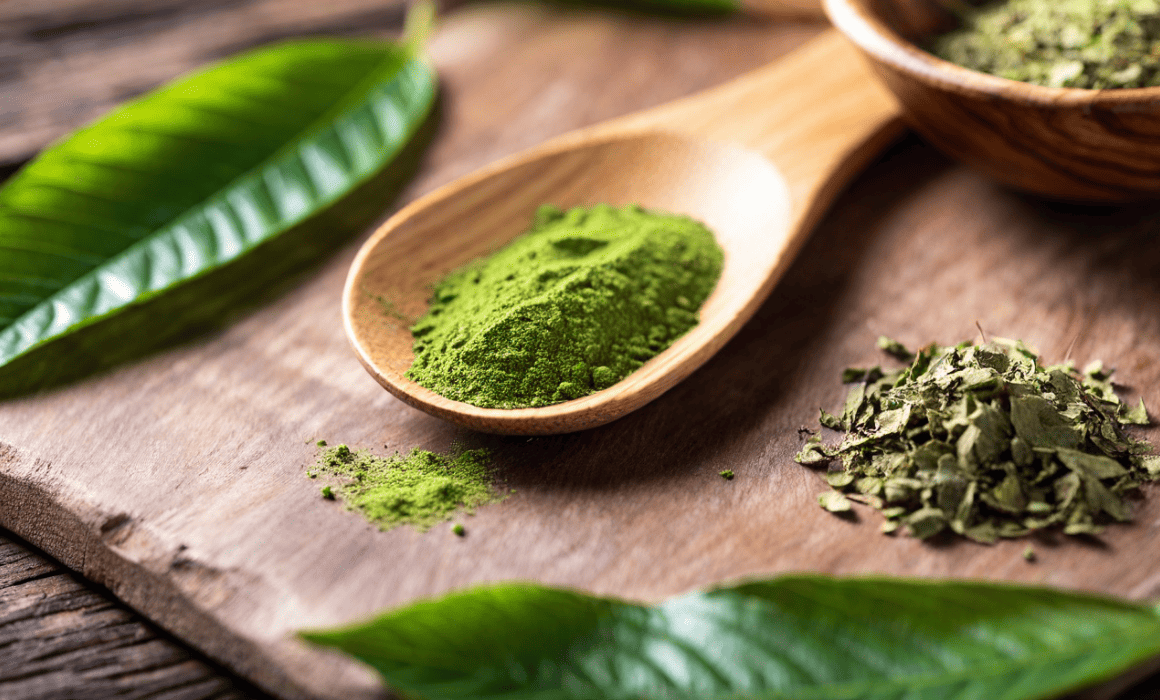What remains uncertain / conflicting
Efficacy is assay-dependent: BRET-based work observed weak antagonism/no agonism for speciociliatine, in contrast to HTRF/other G-protein assays and in-vivo antinociception; always report the assay modality next to EC₅₀/Emax.
Human clinical efficacy & safety: No controlled efficacy trials; zebrafish embryo toxicity occurs at very high in-vitro concentrations (≫ human Cmax after kratom), so translate cautiously.
How to phrase your on-site disclaimers
Human data for speciociliatine are limited. Binding/activity depend on the assay used (G-protein vs β-arrestin). Exposure and effects may vary by product and metabolism. Sources are linked below.
References (primary, open or stable)
Obeng S. et al., 2020, J. Med. Chem. (PMC) — Full MOR/KOR Kᵢ table and functional discussion (assay-dependence noted).
Berthold E.C. et al., 2021, J. Pharm. Biomed. Anal. (PubMed abstract) — Rat PK: Vz, CL, F with dosing paradigm (2.5 mg/kg i.v., 20 mg/kg p.o.).
Kamble S.H. et al., 2022, AAPS J (PMC author ms.) — Metabolism (pathways, CYP3A4≫2D6), cross-species hepatocyte t½, and human AUC dominance of speciociliatine.
Frontiers in Pharmacology review, 2022 — Consolidated tables and discussion of mitragynine diastereomers; useful for context but defer to primary data above.
PubChem — Identity, structure, IDs for link-outs and infobox

